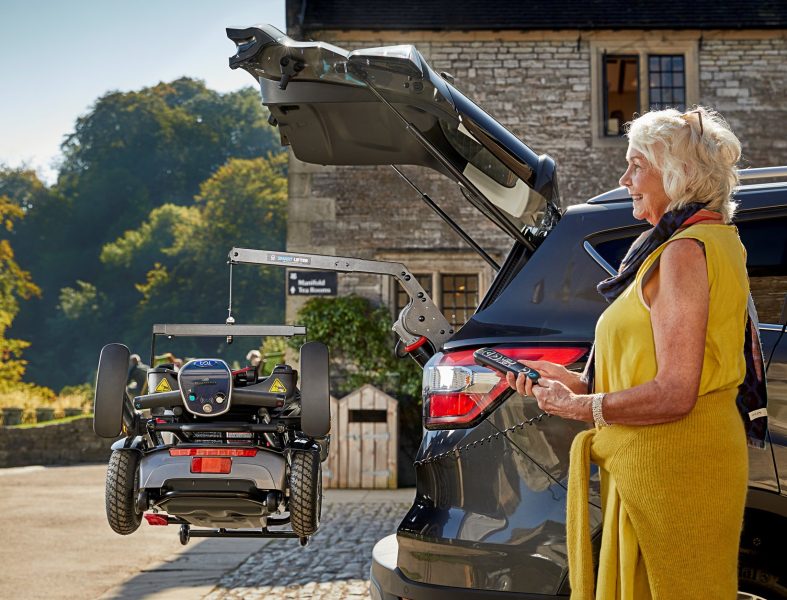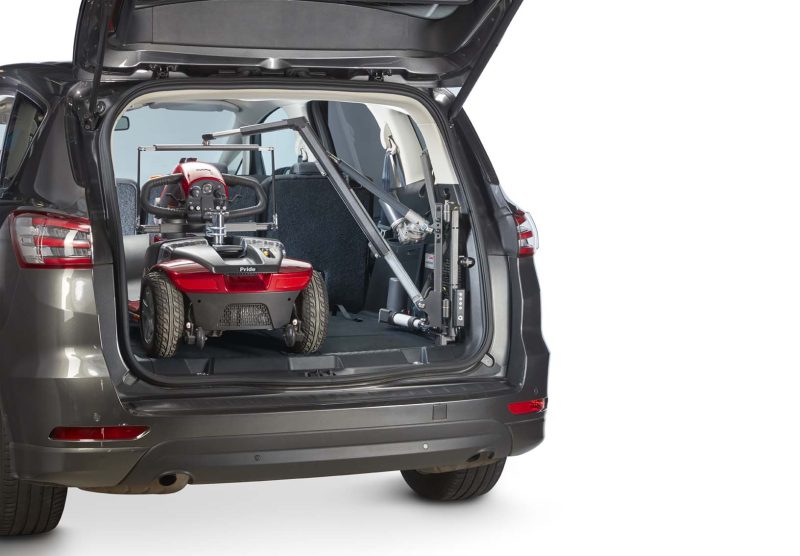
Standard boot hoist
Standard boot hoists
A standard boot hoist consists of a compact crane and winch, that are used to lift a wheelchair or scooter. The ‘up-down’ and ‘in-out’ motions are controlled using a remote and the scooter is then guided by hand, to ensure it remains steady.
When the apparatus is not required, the hoist can easily be removed, freeing up luggage space.
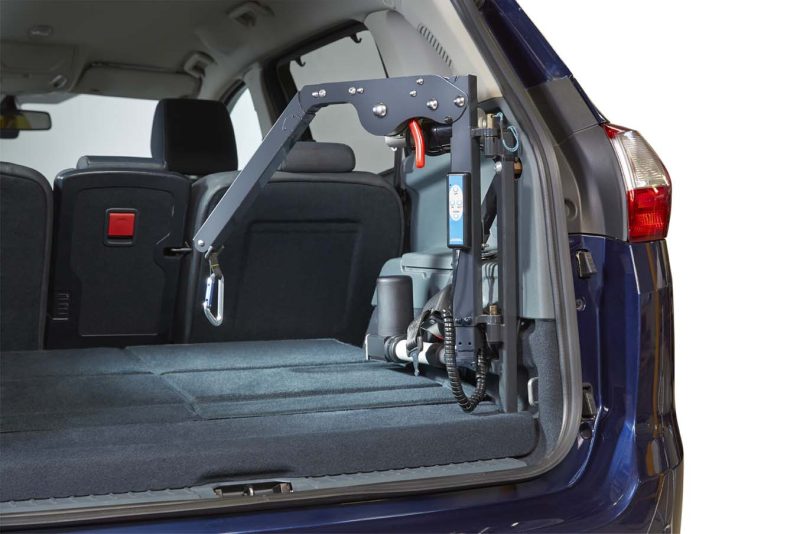
Folding boot hoist
Folding boot hoists
Folding boot hoists are similar in their operation to standard hoists, but the hoist arm can be folded down once equipment is loaded. This makes these hoists suitable for use in much smaller vehicles (e.g. hatchbacks).
It’s important to bear in mind that some upper body strength and dexterity is needed to lift and fold the arm, so it’s always a good idea to try one out before you commit!
Tips & considerations
When thinking about the vehicle to be fitted with a boot hoist, the key consideration should always be the size, weight and shape of the mobility equipment being lifted… it might seem obvious, but if the scooter/wheelchair/powerchair won’t fit through the opening of the tailgate, it’s never going to work with a boot hoist! If possible, ask someone to assist with lifting the mobility equipment through the vehicle tailgate, to ensure that it will fit.
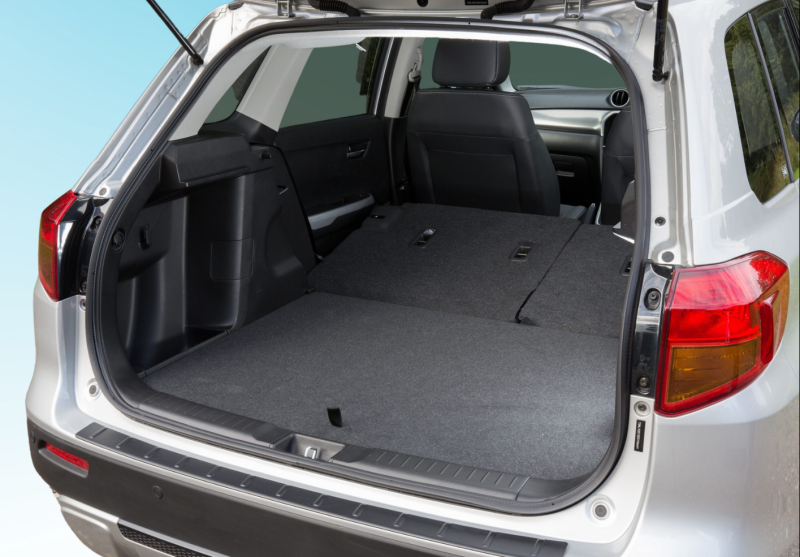
Some (or all) of the second row seats will probably need to be folded down
Another thing to bear in mind is that, 9 times out of 10, the vehicle’s second row seats will need to be folded down to make room for your mobility equipment. It’s a conversation we have with our customers on a regular basis – and we know how frustrating it is to lose out on the extra space – but unfortunately, there isn’t usually room to keep those extra seats. So if you’re choosing a new car, think about maximising space and go BIG!
How does your mobility equipment fold?
As we’ve already mentioned, space is at a premium, so it’s really important to think about how your mobility equipment can be folded/dismantled to make it as compact as possible. That said, if the seat comes off your scooter that’s all very well, but if you can’t lift it off yourself, you’ll end up relying on someone else to do it for you. That may not be an issue, but if you’re a free spirit and tend to be out on your own, then you’re going to want to be able to make any adjustments yourself, so make sure the’re manageable.
If you’ve always got someone with you to help when you’re out and about, that’s great, but make sure they can manage it too… if your hubby insists it’s no problem, but he’s 85 and has a dodgy knee, it may be best to err on the side of caution!
Powerchairs
- Do the armrests/controls lift off?
- Does the seat-back fold, partially/completely?
- Are the foot-rests detachable?
- Can the seat be removed?
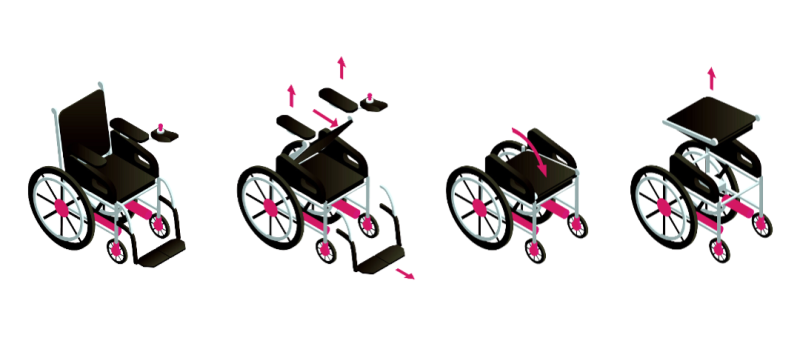 Mobility Scooters
Mobility Scooters
- Can the armrests and/or the seat be removed?
- Does the seat-back fold, partially or completely?
- Does the tiller fold? To the seat or to the base?
- Does the scooter fold up like a suitcase?
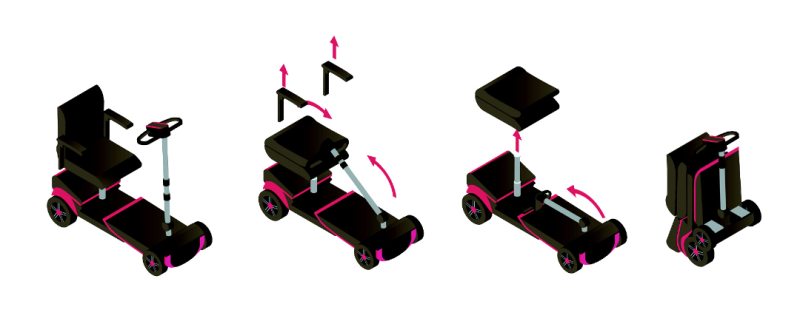
Wheelchairs
- Does the wheelchair fold inwards?
- Does the seat-back fold, or can it be removed?
- Are the foot-rests detachable?
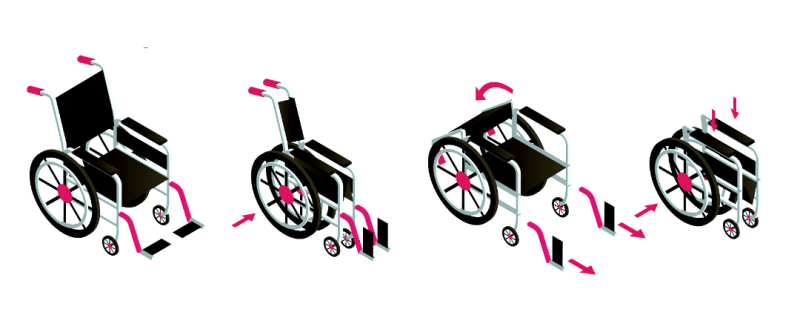
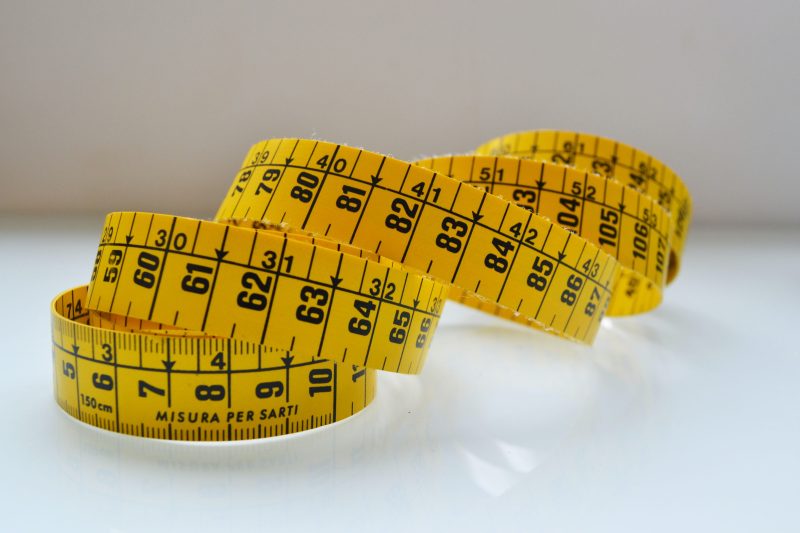 Measuring your equipment
Measuring your equipment
When you’ve considered what’s manageable, make those adjustments, then get a tape-measure out and start figuring out the dimensions you’ve got to work with.
These are the measurements you’ll need to give to an adaptations installer to enable them to check that a hoist will be suitable in your vehicle of choice:
- Height (measure from the ground to the highest point, which is usually the top of the seat rest/tiller)
- Height to the top of the seat base (if this is not already the highest point)
- Length (front to back)
- Width (side to side)
- Weight (in kg)
We hope this has all been useful reading! If you still have questions, get in touch (we cover South East England, with the exception of Central London).

